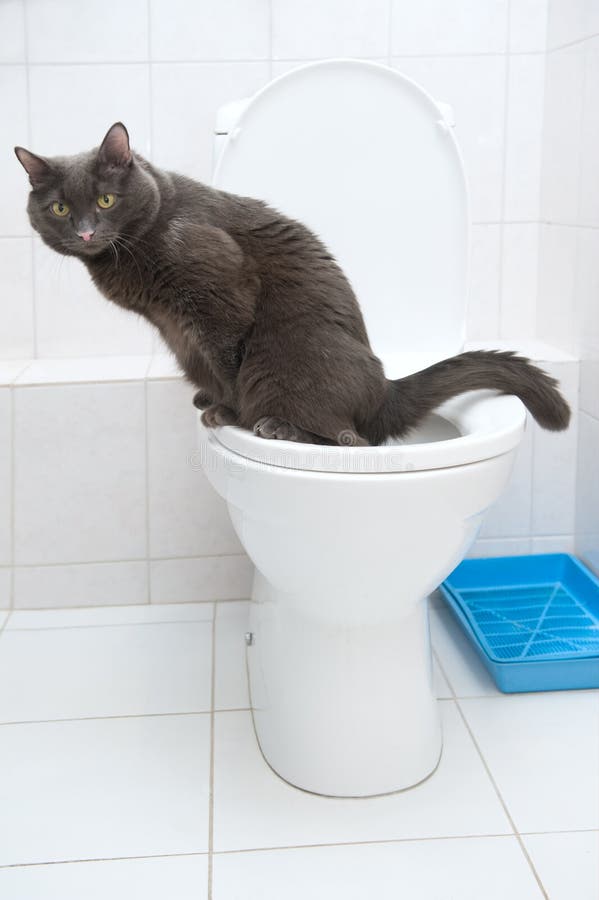Why You Shouldn't Flush Cat Poop Down Your Toilet - Maintain Your Plumbing Health
Why You Shouldn't Flush Cat Poop Down Your Toilet - Maintain Your Plumbing Health
Blog Article
The content down below involving Can You Flush Cat Poop Down The Toilet? is pretty much attention-grabbing. Give it a go and draw your own personal final thoughts.

Introduction
As feline proprietors, it's vital to bear in mind how we throw away our feline friends' waste. While it may appear hassle-free to flush cat poop down the bathroom, this practice can have destructive effects for both the setting and human health.
Alternatives to Flushing
Luckily, there are more secure and more responsible ways to throw away pet cat poop. Consider the following options:
1. Scoop and Dispose in Trash
One of the most usual method of getting rid of feline poop is to scoop it into a naturally degradable bag and throw it in the garbage. Be sure to use a devoted litter scoop and deal with the waste quickly.
2. Use Biodegradable Litter
Select naturally degradable cat litter made from materials such as corn or wheat. These litters are environmentally friendly and can be safely dealt with in the trash.
3. Bury in the Yard
If you have a yard, take into consideration hiding feline waste in an assigned area away from vegetable gardens and water sources. Make certain to dig deep sufficient to avoid contamination of groundwater.
4. Install a Pet Waste Disposal System
Invest in a family pet garbage disposal system specifically developed for cat waste. These systems use enzymes to break down the waste, reducing smell and environmental impact.
Health and wellness Risks
In addition to environmental concerns, purging feline waste can also posture health and wellness risks to humans. Pet cat feces might include Toxoplasma gondii, a parasite that can create toxoplasmosis-- a potentially severe illness, especially for expecting women and people with weakened immune systems.
Ecological Impact
Purging cat poop presents dangerous pathogens and bloodsuckers into the water supply, presenting a considerable threat to water communities. These contaminants can adversely affect marine life and concession water top quality.
Final thought
Liable animal ownership expands past providing food and shelter-- it additionally includes appropriate waste administration. By avoiding flushing pet cat poop down the commode and selecting different disposal techniques, we can lessen our environmental impact and secure human health and wellness.
Why Can’t I Flush Cat Poop?
It Spreads a Parasite
Cats are frequently infected with a parasite called toxoplasma gondii. The parasite causes an infection called toxoplasmosis. It is usually harmless to cats. The parasite only uses cat poop as a host for its eggs. Otherwise, the cat’s immune system usually keeps the infection at low enough levels to maintain its own health. But it does not stop the develop of eggs. These eggs are tiny and surprisingly tough. They may survive for a year before they begin to grow. But that’s the problem.
Our wastewater system is not designed to deal with toxoplasmosis eggs. Instead, most eggs will flush from your toilet into sewers and wastewater management plants. After the sewage is treated for many other harmful things in it, it is typically released into local rivers, lakes, or oceans. Here, the toxoplasmosis eggs can find new hosts, including starfish, crabs, otters, and many other wildlife. For many, this is a significant risk to their health. Toxoplasmosis can also end up infecting water sources that are important for agriculture, which means our deer, pigs, and sheep can get infected too.
Is There Risk to Humans?
There can be a risk to human life from flushing cat poop down the toilet. If you do so, the parasites from your cat’s poop can end up in shellfish, game animals, or livestock. If this meat is then served raw or undercooked, the people who eat it can get sick.
In fact, according to the CDC, 40 million people in the United States are infected with toxoplasma gondii. They get it from exposure to infected seafood, or from some kind of cat poop contamination, like drinking from a stream that is contaminated or touching anything that has come into contact with cat poop. That includes just cleaning a cat litter box.
Most people who get infected with these parasites will not develop any symptoms. However, for pregnant women or for those with compromised immune systems, the parasite can cause severe health problems.
How to Handle Cat Poop
The best way to handle cat poop is actually to clean the box more often. The eggs that the parasite sheds will not become active until one to five days after the cat poops. That means that if you clean daily, you’re much less likely to come into direct contact with infectious eggs.
That said, always dispose of cat poop in the garbage and not down the toilet. Wash your hands before and after you clean the litter box, and bring the bag of poop right outside to your garbage bins.
https://trenchlesssolutionsusa.com/why-cant-i-flush-cat-poop/

We had been shown that article about Don’t flush cat feces down the toilet from an associate on our other web page. Sharing is caring. Helping others is fun. I praise you for your time. Come back soon.
See Availability Report this page